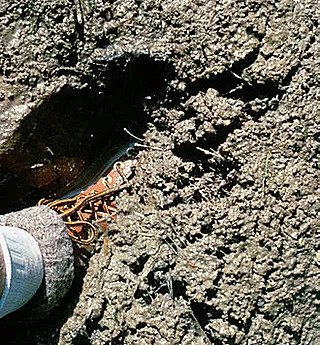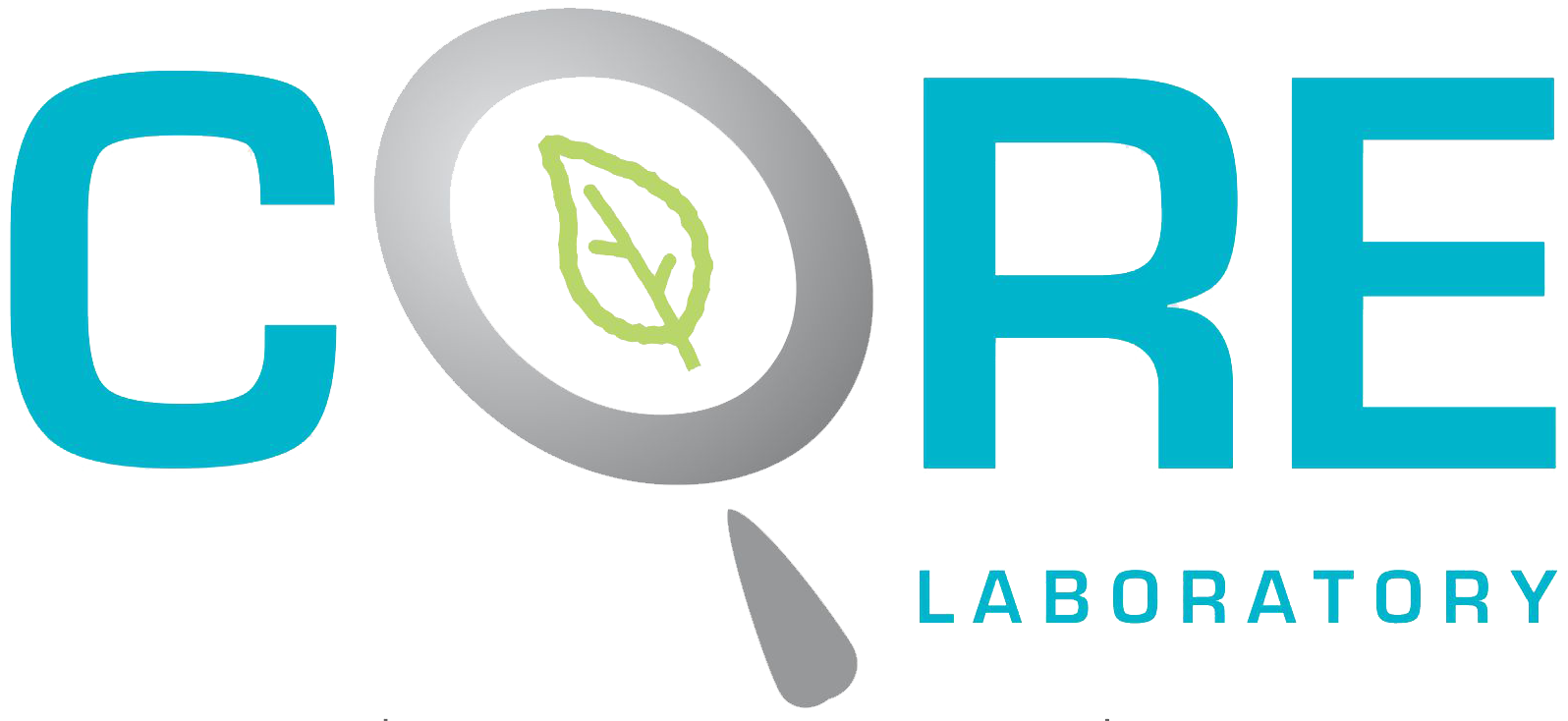Waste Sludge
Sewage sludge refers to the residual, semi-solid material that is produced as a by-product during sewage treatment of industrial or municipal wastewater. The term septage is also referring to sludge from simple wastewater treatment but is connected to simple on-site sanitation systems, such as septic tanks.
When fresh sewage or wastewater enters a primary settling tank, approximately 50% of the suspended solid matter will settle out in an hour and a half. This collection of solids is known as raw sludge or primary solids and is said to be “fresh” before anaerobic processes become active. The sludge will become putrescent in a short time once anaerobic bacteria take over, and must be removed from the sedimentation tank before this happens.

This is accomplished in one of two ways. In an Imhoff tank, fresh sludge is passed through a slot to the lower story or digestion chamber where it is decomposed by anaerobic bacteria, resulting in liquefaction and reduced volume of the sludge. After digesting for an extended period, the result is called “digested” sludge and may be disposed of by drying and then landfilling. More commonly with domestic sewage, the fresh sludge is continuously extracted from the tank mechanically and passed to separate sludge digestion tanks that operate at higher temperatures than the lower story of the Imhoff tank and, as a result, digest much more rapidly and efficiently.
